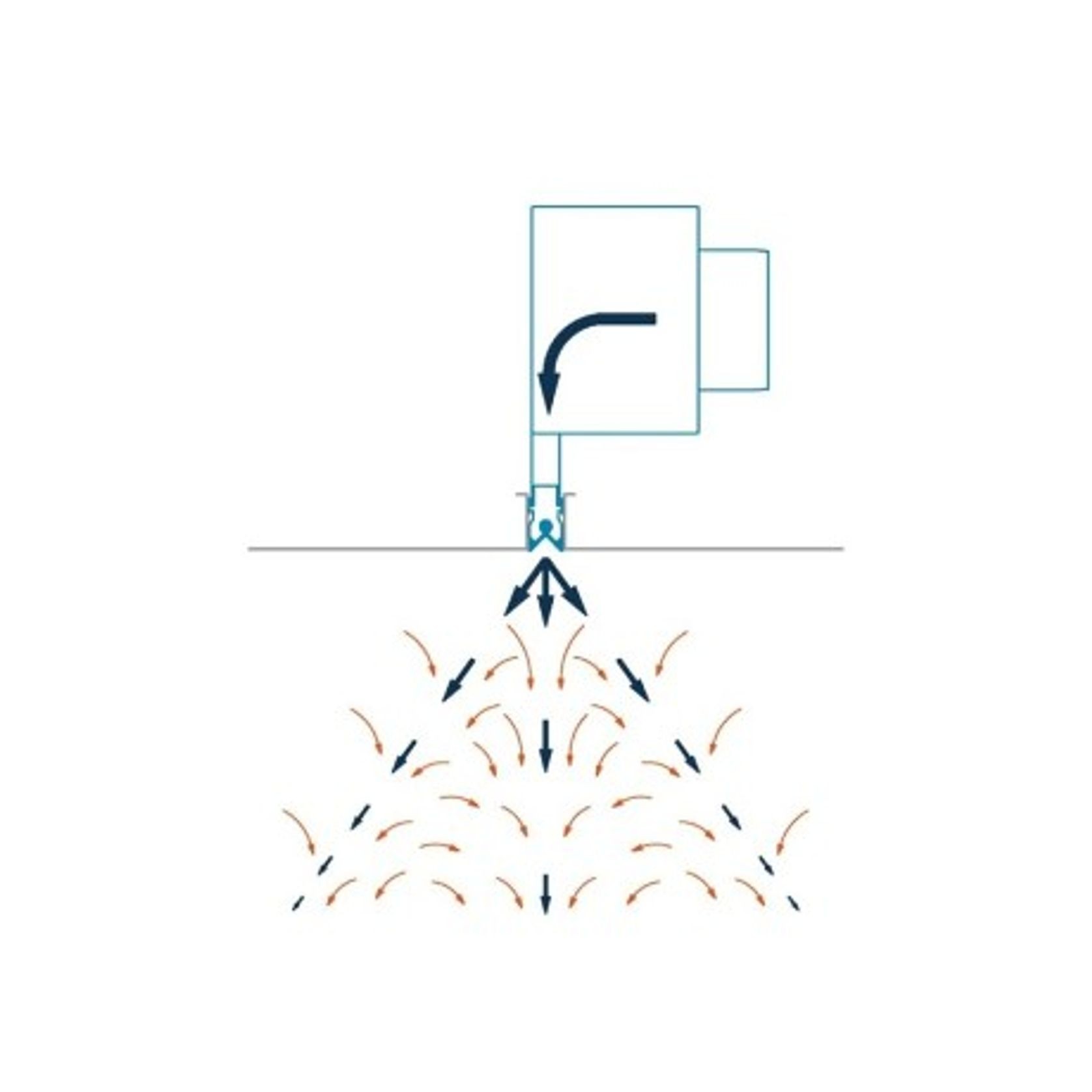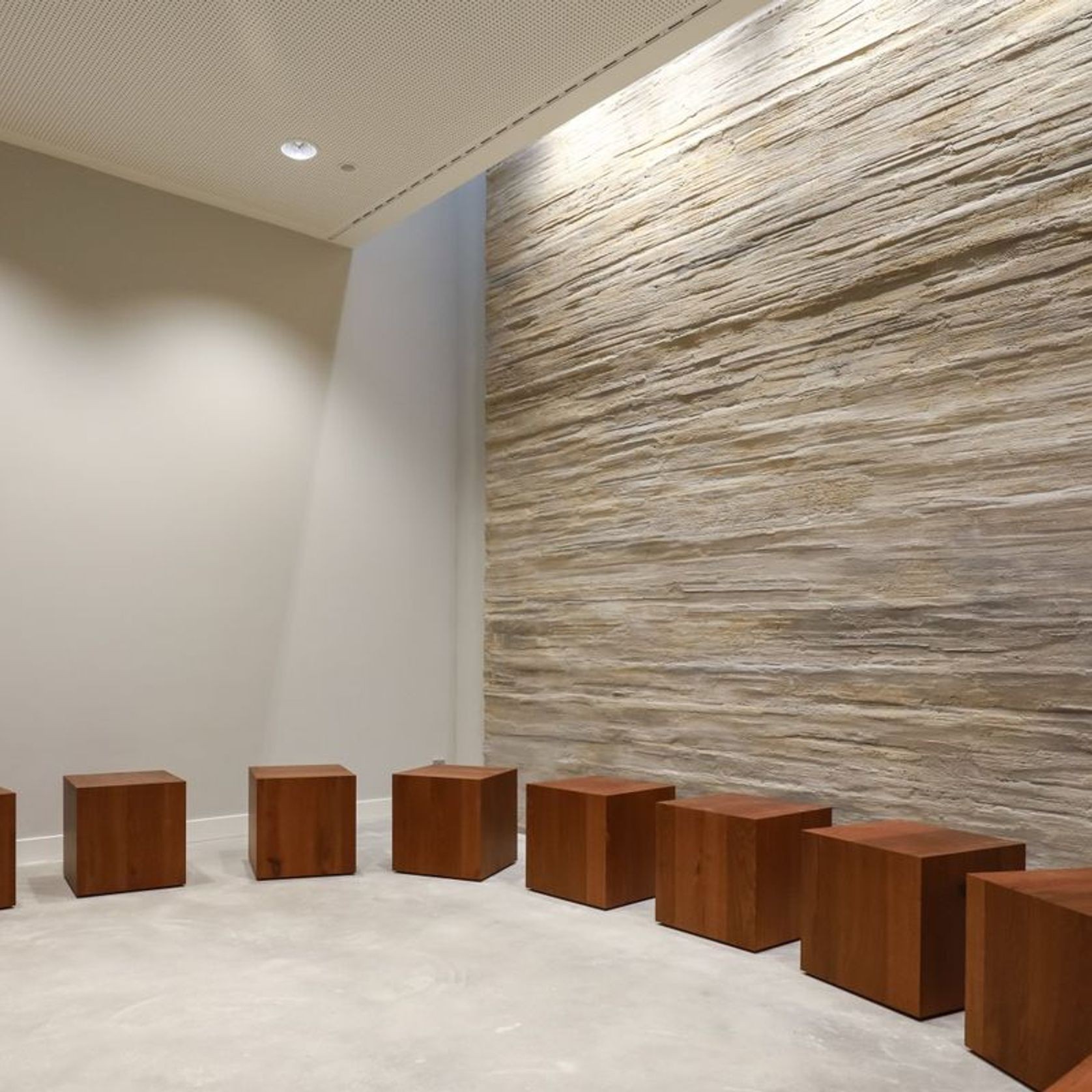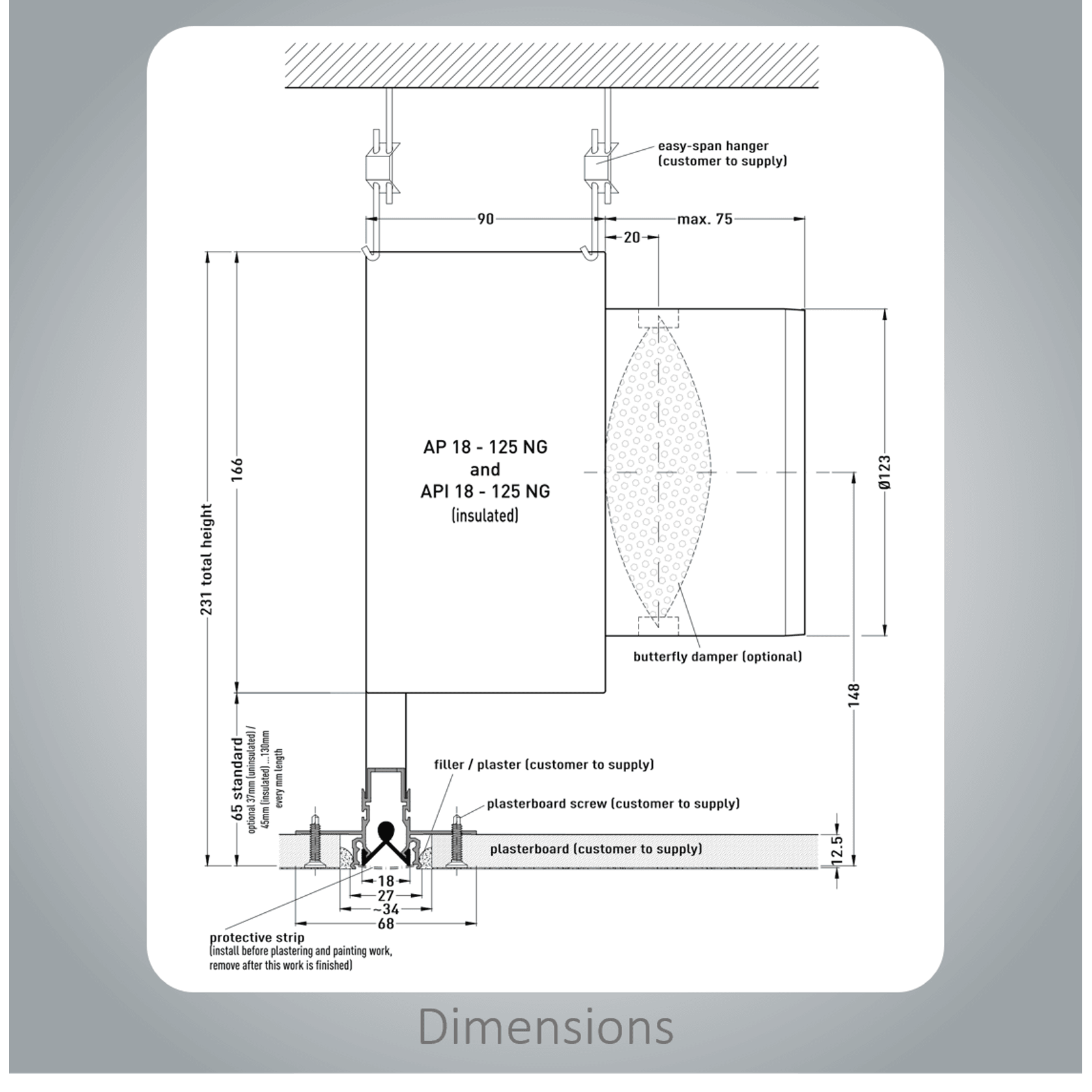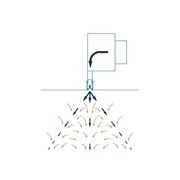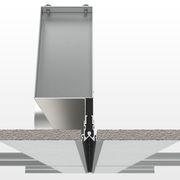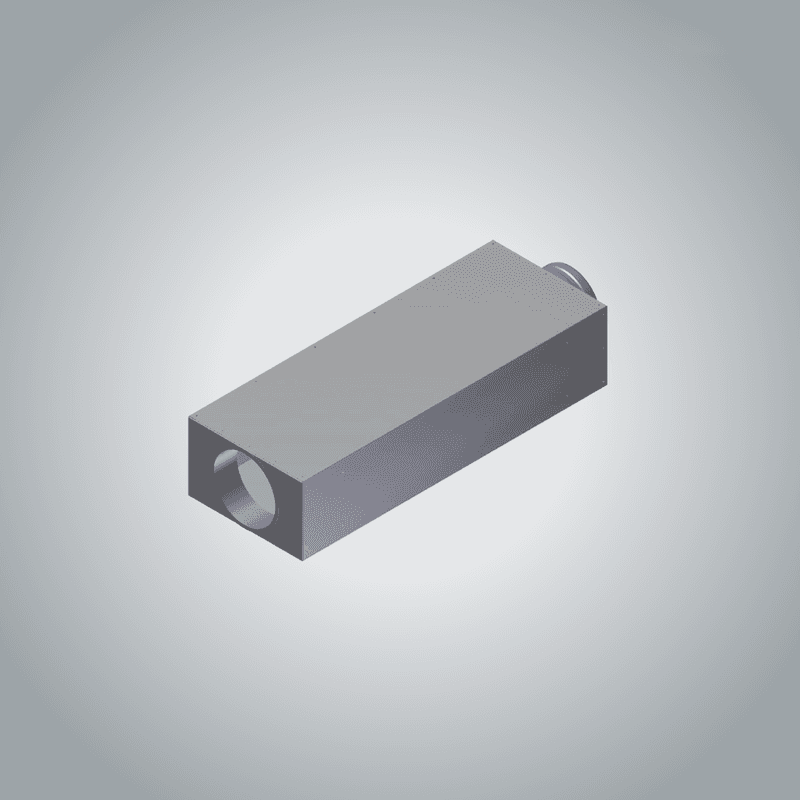Kiefer INDUL - Linear Diffuser Vent
SolutionAirDetails
- CategoryVentilation Components
- RangeAir Distribution
- BrandKiefer Klimatechnik - Germany
Specifications
Features
Versions
Installation
Downloads
More from SolutionAir
About the
Seller
At Solutionair, we are committed to enhancing the quality of indoor living
through high-performance ventilation solutions.
Since 2010, we have dedicated ourselves to addressing the essential need for fresh air, reducing the health risks associated with damp and mold in homes, and ensuring that new builds and existing homes alike benefit from effective ventilation systems. Our mission is to support healthier, safer indoor environments across New Zealand, providing our clients with reliable, innovative solutions for sustainable and comfortable living spaces.
- ArchiPro Member since2020
- More information

